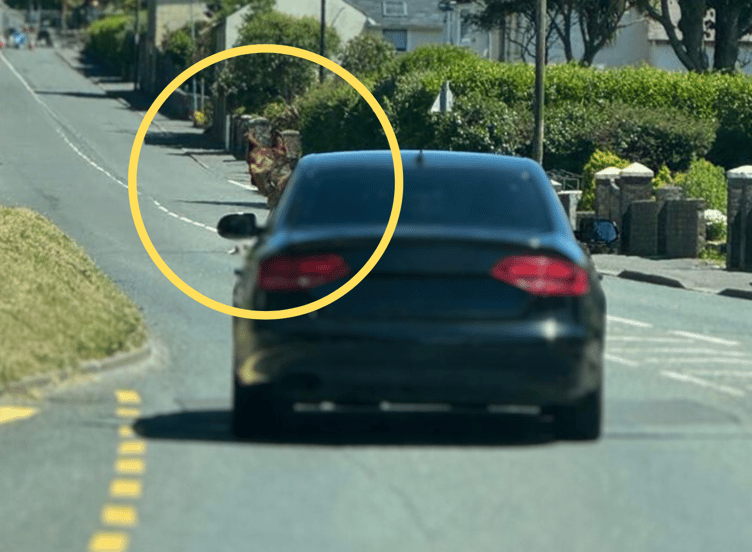In this week’s ManxSPCA column, general manager Juana Warburton explains how you can keep your pets safe (and cool) this summer...
Now that the days are becoming warmer (at long last!) we can wind down our car windows and enjoy some fresh air whilst we’re driving.
But all too often you see a dog with its head stuck out of a car window – the dog looks cute, with the wind ruffling its hair, but it’s not safe.
Firstly, there is the risk to the dog itself: it could inhale insects, it could be injured by an air-borne object or overhanging tree branch, it could fall or jump out of the window, and if the car crashed it could be thrown from the vehicle.
Secondly, there is the risk to the humans in the car and other road users.
The Highway Code states that when in a vehicle dogs or other animals must be restrained so that they cannot cause a distraction or injury to the person who is driving.
In the UK, even on the quietest of roads, drivers could face a significant fine of £5,000, as well as penalty points on their licence, for letting their dog lean out of a car window. The best and safest way to transport a dog is to keep it in the boot area and to use a dog guard over the back seats. Some people make use of a dog crate in their boots, which is a good option for dogs who are nervous travellers because it gives them a ‘secure space’.
If you must have your canine companion on a seat in your car, then you should use a dog seat belt or harness. These are adjustable and come in a range of sizes to suit different breeds – you wouldn’t allow a human being to ride in your car without a seatbelt, and the same should apply to your dog.
If you intend to leave your dog in your car once it’s parked, please think twice at this time of year. Even if your dog doesn’t like being left at home, it may be the best option because the temperature inside a car can soar in seconds. Even moderately warm and cloudy days can be too hot for a dog in a car.
The vehicle may be parked in shade with its windows open and a blanket over the windscreen, but the temperature inside is likely to cause a dog discomfort, or worse - it could cause heatstroke and death. If you are worried that a dog has been left in a hot car, then please call the Police who will do their best to locate the owner, or free the dog themselves if necessary.
When exercising your dog in the summer try to avoid the hottest part of the day, and don’t play with them outside when the temperatures are high. Many dogs just don’t know when to stop and will continue to play with a ball despite over-heating.
You may underestimate just how hot a pavement can become - even the sand on our lovely beaches can be painful for a dog to walk on. Always place your hand on the surface to check its temperature or, better still, stick to walking in shaded areas on grass.
A paddling pool may help your dog to cool down, and they should have access to fresh, cool water at all times. Heatstroke can kill, and overweight dogs and those with short noses are particularly at risk.
Pets with white noses and ears are at risk of getting these areas sunburnt, and so they should have a high-factor (SPF 30 or above), pet-safe sunscreen applied. Many pet owners think that human sunscreens are suitable for animals, but they often contain chemicals that may be toxic if digested in sufficient quantity.
At this time of year rabbits are at risk of fly strike, which is when flies lay eggs underneath fur, particularly the warm, damp fur underneath a rabbit’s tail.
The eggs soon hatch into maggots that eat into the rabbit’s flesh causing a fatal wound in just a couple of days. Because fly strike is difficult for an owner to see, and because rabbits will mask their pain as a ‘prey animal’, they need a physical examination every day. An owner also needs to ensure that their rabbit has clean bedding, and isn’t sitting in urine-soaked shavings or hay which will attract flies.




